Description
Phlox Scarlet Beauty
Phlox Scarlet Beauty. One of the most popular and reliable annual Phlox varieties producing an abundance of vivid scarlet red large flowers on 8in plants over the entire season. Will tolerate dry conditions.
Cultivation Advice
- Plant in early spring or fall in a location with well-draining soil and ample sunlight. Ensure they receive at least 6 hours of direct sunlight daily.
- Prepare the soil by adding organic matter, like compost, to enhance fertility and improve soil structure.
- Plant seedlings or seeds at a depth of about 1/4 inch (6 mm). Space them 8-12 inches (20-30 cm) apart to allow for proper growth and airflow.
- Maintain consistent soil moisture, especially during dry periods. Water deeply but infrequently, allowing the soil to partially dry between waterings.
- Apply a balanced fertilizer at planting and once more during the growing season, following package instructions for dosage.
- Regularly remove faded flowers to encourage continuous blooming and prevent the plant from diverting energy into seed production.
- Apply a layer of mulch to retain soil moisture, suppress weeds, and maintain a more consistent soil temperature.
- Monitor for pests like aphids or diseases like powdery mildew. Treat promptly with appropriate organic methods if detected.
- Provide support, such as stakes or a ring, for taller varieties to prevent them from bending or toppling over, especially in windy conditions.
- Phlox Scarlet Beauty can thrive in containers with well-draining potting soil. Ensure containers have adequate drainage holes.
- In regions with harsh winters, protect the plants by applying a layer of mulch around the base to insulate the roots.
- Conduct routine checks for signs of stress, pests, or diseases. Early detection allows for timely intervention and better plant health management.
- Consider light pruning after the initial bloom to promote new growth and potentially encourage a second bloom later in the season.
- Ensure proper spacing between plants to facilitate good air circulation, reducing the risk of fungal diseases and promoting healthier growth.
- Focus deadheading efforts on spent flowers, removing them individually without disturbing the surrounding buds or healthy foliage.
- Periodically replenish mulch to maintain its effectiveness in moisture retention and weed suppression throughout the growing season.
- Regularly check soil moisture levels, especially during warmer periods, to ensure consistent moisture without waterlogging.
- As the blooming season ends, consider leaving some spent flowers to mature and collect seeds for future planting or sharing.
- Adjust fertilization based on plant growth. If foliage appears overly lush but blooming is reduced, reduce the frequency of fertilizing.
- During heatwaves, provide temporary shade or reduce direct sun exposure to prevent stress on the plants.
- Check and adjust any plant supports or stakes to ensure they adequately support the growing stems without causing damage.
- Trim away any damaged or dead foliage throughout the growing season to maintain the plant’s overall health and appearance.
- During hot and dry periods, increase watering frequency to prevent stress. However, avoid excessive water accumulation that can lead to root rot.
- Consider pinching back stems early in the growing season to encourage branching and promote a bushier growth habit.
- Utilize organic materials like shredded leaves or compost as mulch. They decompose over time, enriching the soil with nutrients.
- Pair Phlox Scarlet Beauty with companion plants that share similar soil and light requirements, fostering a harmonious garden environment.
- Watch for signs of overcrowding or competition for resources among neighboring plants. Adjust spacing if needed for optimal growth.
- Every few years, consider dividing mature clumps to rejuvenate the plants and maintain vigorous growth.
- Provide additional support, if necessary, as the plant begins flowering to prevent stems from bending or breaking under the weight of blooms.
- Allow some spent flowers to mature and collect seeds for future plantings or to share with fellow gardening enthusiasts.
- Be mindful of microclimates in your garden, adjusting care based on variations in sunlight, moisture, or wind exposure.

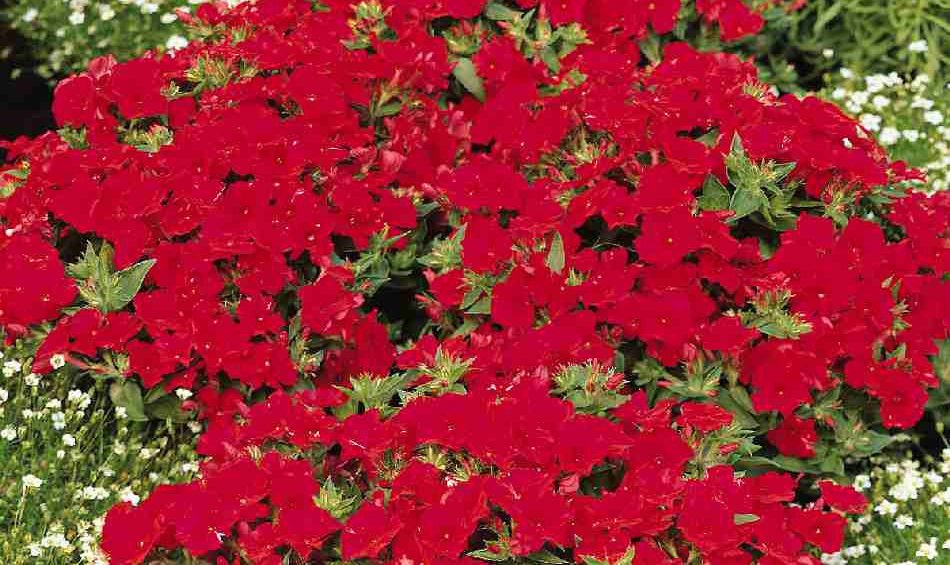
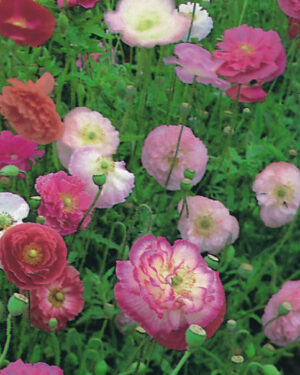

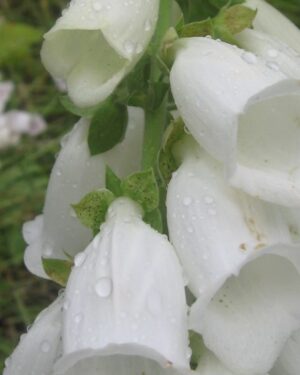

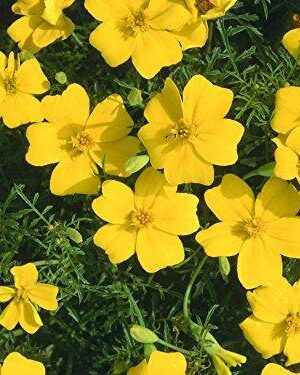
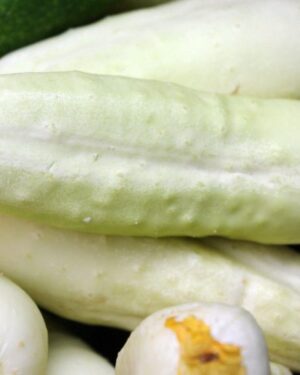

Reviews
There are no reviews yet.